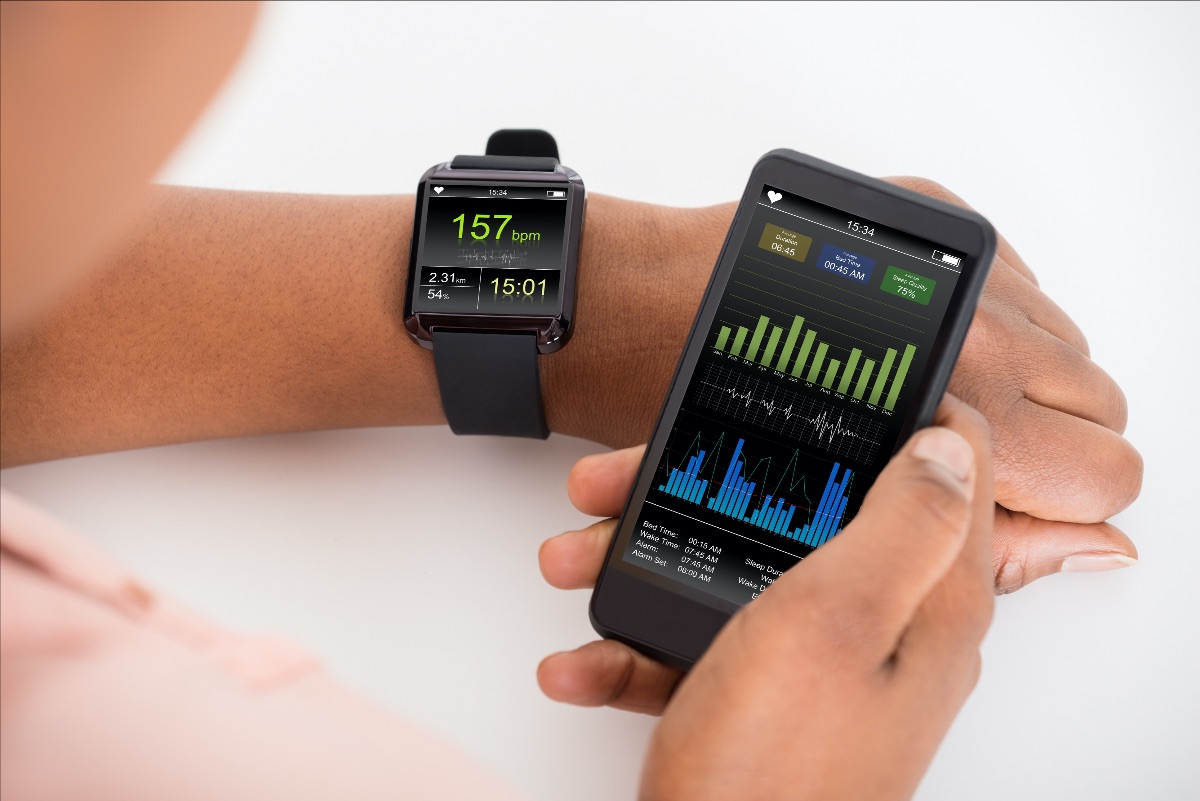| DEALFLOWUPDATE Issue #48. Friday, January 17 |
| Hello Everyone, For this edition of the Zoic newsletter, we’ll be covering devices in ultrasound, more blood tests, the rising integration of wearables and the use of AI for breast cancer diagnosis. -Neal If this is your first issue, please subscribe and consider sharing with others. Additionally, we welcome news from our readers, if you’re up to something interesting, let us know. Email chad@zoiccapital.com |
Deal Flow Our report on devices in ultrasound, blood tests, the rising integration of wearables and the use of AI in breast cancer diagnosis. The Butterfly device has gained quite a bit of interest; the promise of a comparatively very low cost, portable ultrasound device got a lot of people excited. Doctors purchased the device even with their own money to experiment with new uses of the system. The system is now being integrated further into mobile devices. Although the device does not specifically guide towards new use cases, the interest it generates can probably generate usage reports on its own through curiosity and interest from physicians and patients. Read More New applications continue to appear for blood tests. One identifies risks for sepsis in pediatric cancer patients. This seems to be a very niche case; however, as we have seen many times over, an initial application can get a new device or test into the market quickly where it can then expand into larger applications. This blood test, for example, can have an accelerated approval time, then expand into greater applications, such as general screening for sepsis. Read More Another blood test does seem to have a large application right away, though, which does also occur. This blood test is in its early phases but uses an inflammatory marker to identify early signs for dementia. Early blood tests for dementia or Alzheimer’s have so far not been proven with enough evidence; either because the marker is not common enough or the systemic blood is not representative of what is in the brain. However, such a test, once proven could obviously be of major benefit, especially with the growing aging population. Read More Wearables in general are already past the stage of early hype and are increasingly a common device in consumer hands. The data they collect are commonly used by the consumers themselves, but how are they integrated into physician and health systems? This is a slow process, with no clear venture or system coming into fruition yet, but there is an opportunity for a way to integrate the data collection systems into existing health systems, aiding physicians in faster identification of upcoming issues. Read More Finally, the use of AI in improving imaging technologies is still growing. There is distinct appeal, since the development costs are lower than new devices and can use existing, established (and paid for) imaging systems. Similar to the previous article, this is all in the effort to help physicians in arriving to conclusions with the massive amount of data they have to deal with. AI enhancement of MRI scans, for example, can show when breast cancer can recur, even out to 10 years, a massive benefit for those affected. Read More What We’re Reading GeekWire Seattle’s Allen Institute for AI is kicking things up more than a notch PitchBook Venture-backed startups proved their worth in 2019 Axios Smart VC money is beginning to seep out beyond Silicon Valley Medium Five things an angel investor is likely to consider Connect With Zoic Capital |
| The Biweekly Dealflow Update, curated by the team at Zoic Capital. |

Blog
Ultrasound Devices, Blood Tests, Wearables and AI Breast Cancer Diagnostics
© 2025 Zoic Capital.
Close Menu
Contact Us
113 Cherry St.
PMB 2981
Seattle, WA 98104-2205
E: hello [at] zoiccapital.com

